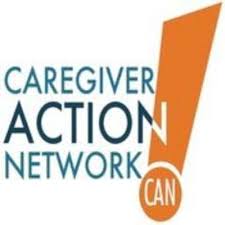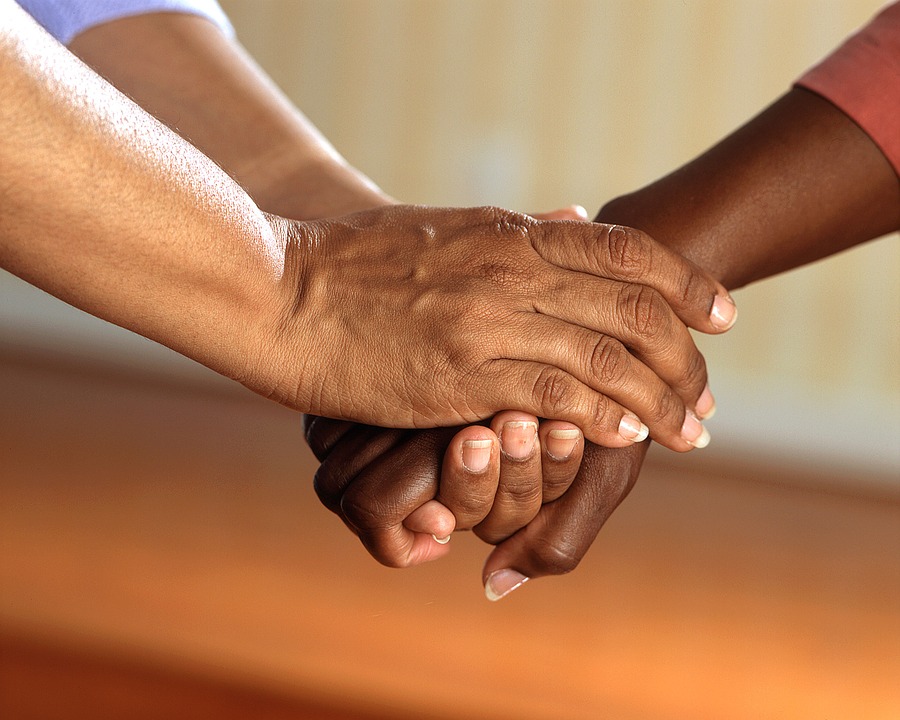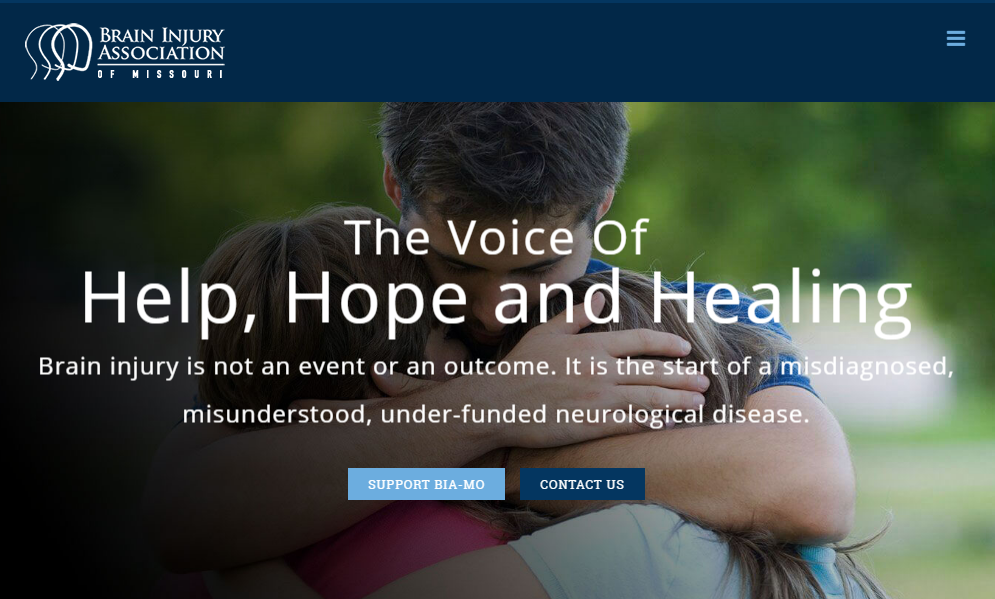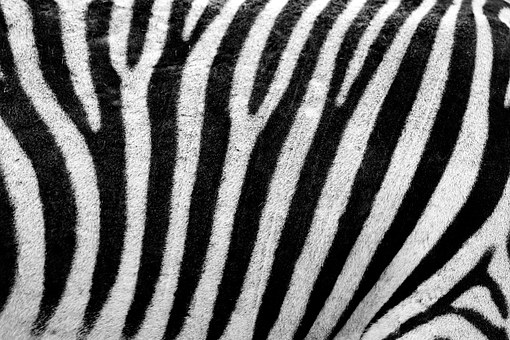A Hope To Believe
By Guest Blogger Wayne Connell, founder and president, Invisible Disabilities® Association
“Well at least you have your health.” People use these words as a sort of encouragement after a tragedy or loss. Yet, what if you don’t have your health? What if life has thrown you a curve caused by illness or injury?
As with any loss, a person whose life is changed by disability often experiences the five stages of grief: denial, anger, bargaining, depression and acceptance. How does one move to acceptance when their world has been rocked by illness or injury? I believe it is found in the word “Hope.”
Hope is really an action and not just a feeling for something better. Hope is when someone in unbearable pain comforts someone else going through a difficult time. Hope is when someone with a disability does something amazing.
Claiming Power Over Pain
True Help Web Event
11 a.m. CT
Thursday, April 21
Click here to register
Diane Van Deren fuels her life with hope. A state champion golfer who played professional tennis in her 20s, Van Deren’s athletic career was seemingly cut short when she began suffering grand mal seizures. The effects were devastating for the young mother of three, but she developed a sense that alerted her to oncoming seizures. To ward them off, she would grab her shoes and run for miles on her family’s Colorado ranch. She became one of the world’s top ultra-runners.
At 37, doctors isolated the cause of Van Deren’s epilepsy and removed a kiwi-sized piece of her brain. She hasn’t had a seizure since, but there have been neurological side effects, including memory loss and difficulty tracking time and direction. She also doesn’t feel pain like most people, a useful quirk for an ultra-runner who taxes her body to its limits. Van Deren has won races throughout North America, including the Yukon Arctic Ultra, running 430 miles across frozen tundra pulling a provisions sled.
As humans, we overcome incredible odds and difficulties. For someone like Diane, it is running for hundreds of miles in the freezing Arctic cold, and living with memory loss. To others, the ultra-marathon is putting two feet on the floor after a night of horrific pain and making it to the couch only to collapse again.
We have Thankful Thursdays on our Facebook page, and I am moved by the comments of gratitude for the seemingly smallest triumphs of making a sandwich or spending time with a friend or getting the mail.
I believe that the greatest hope is knowing that we are in this human race together. We can hold each other up. We can give each other hope, and we can be the hope others need. Together, we can hope and envision a world where people living with illness, pain and disability will be Invisible No More®.
Editor’s note: Join Wayne and learn more about the Invisible Disabilities Association’s social networks at the True Help Web Event, Claiming Power Over Pain, April 21. Register here.
Allsup
Related Articles

Uncategorized
Helping Family Caregivers With What They Need to Know

Uncategorized
Understanding MS and Disability Benefits

Uncategorized
BIA-MO Gets Real about Brain Injury Awareness

